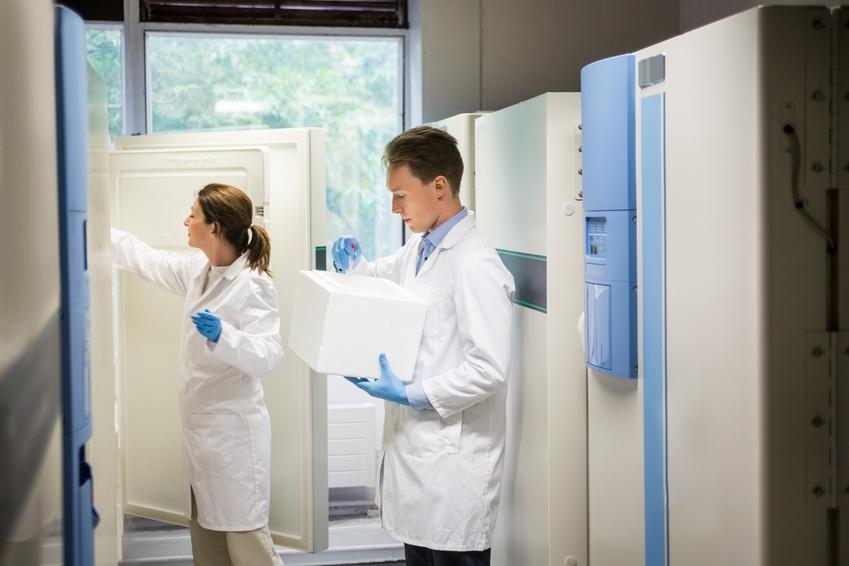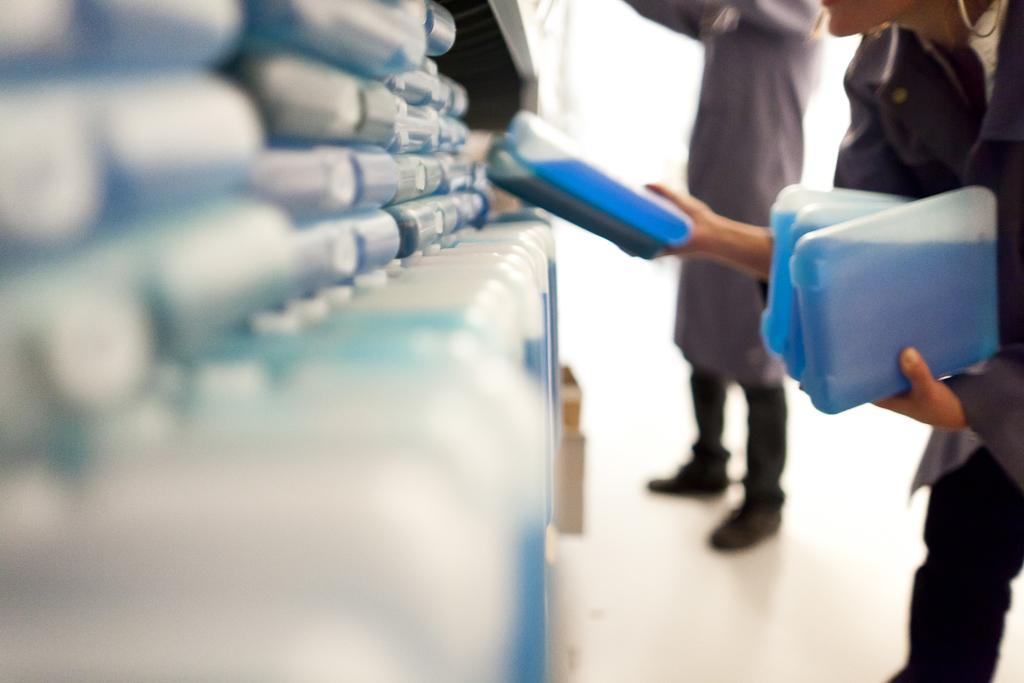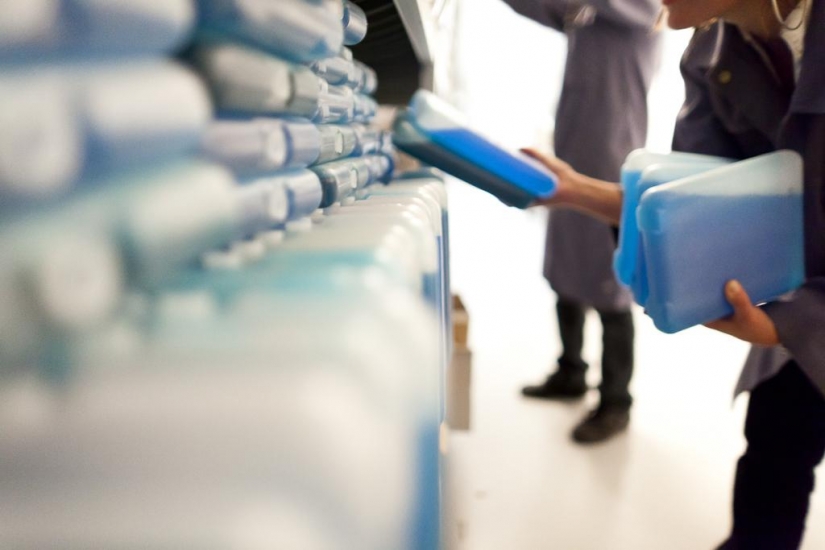How to reduce cold chain logistics costs?
Costly logistics for high-security products

Logistics of cold chain pharmaceutical products
Transporting temperature-controlled pharmaceutical products requires specific equipment: insulated packaging solutions qualified for the pharmaceutical sector, temperature recorders, cold chambers, refrigerated vehicles, etc. This is what makes the logistics particularly expensive.
With each shipment, thousands of dollars of pharmaceutical products are transported, with very real risks: cold peaks in the packaging, temperature rises in the products, theft, blockage of the container, etc. Let’s remember that these are products stemming from living things which are being transported, every minute outside of the required temperature is a potential risk!
TCO: better control cold chain logistical costs
Today, this booming market embraces a large number of players. Pharmaceutical laboratories, hauliers and logisticians, cold chain equipment providers, etc. all working together to provide adapted solutions in terms of quality, security and cost.
The cost of insulated equipment is now taken into account in its entirety and no longer just the purchasing. The notion of TCO (Total Cost of Ownership) has become a reference in cold chain logistics: it concerns calculating how much the insulated equipment costs throughout its life cycle, while taking into account the direct costs (cost of equipment and accessories) and the indirect costs: cost of transport, handling, training, etc.
The quality of pharmaceutical insulated packaging solutions: a significant impact on the costs

Preparation of eutectic plates in a pharmaceutical insulated packaging solution
Using insulated packaging solutions requires care and precision both in the preparation of the packaging solution and its use. The cold source must be prepared in accordance with the manufacturer’s precise instructions (freezing time, stabilization, storage conditions, etc.) and loading of the packaging solution must also be subject to a written procedure. In the event of non-compliance, the products may undergo what we call a temperature fluctuation (non-compliance with the storage temperature) which renders the product unusable. Consequently, the quality of the pharmaceutical insulated packaging solutions used for transportation has a real impact on the financial challenge for the pharmaceutical laboratory or the logistician.
In order to minimize this risk and simplify the procedures, users are looking for simpler and cheaper preparation solutions.
Reduce cold chain logistical costs, yes but how?
The expectations of those involved in the pharmaceutical cold chain with regard to insulated packaging solutions are many:
- To reduce the cost and environmental impact of their logistics as a result of reusable packaging solutions for which the purchase price is balanced against the cost of use (according to the potential number of re-uses);
- To simplify the preparation of packaging solutions by offering mono-configuration solutions, i.e. a single preparation solution whatever the season;
- To reduce the preparation time by means of packaging solutions without stabilization.
The pharmaceutical laboratories as well as the hauliers and logisticians specialized in the transportation of heat-sensitive pharmaceutical products must confront all of these issues.
But do these solutions offer actual financial savings? Do they reduce the environmental impact of products transported via the cold chain?
Discover in our next article how the preconceived notions about mono-configuration insulated packaging solutions are misleading: they are not less expensive or more environmentally friendly than multi-configuration packaging solutions!
